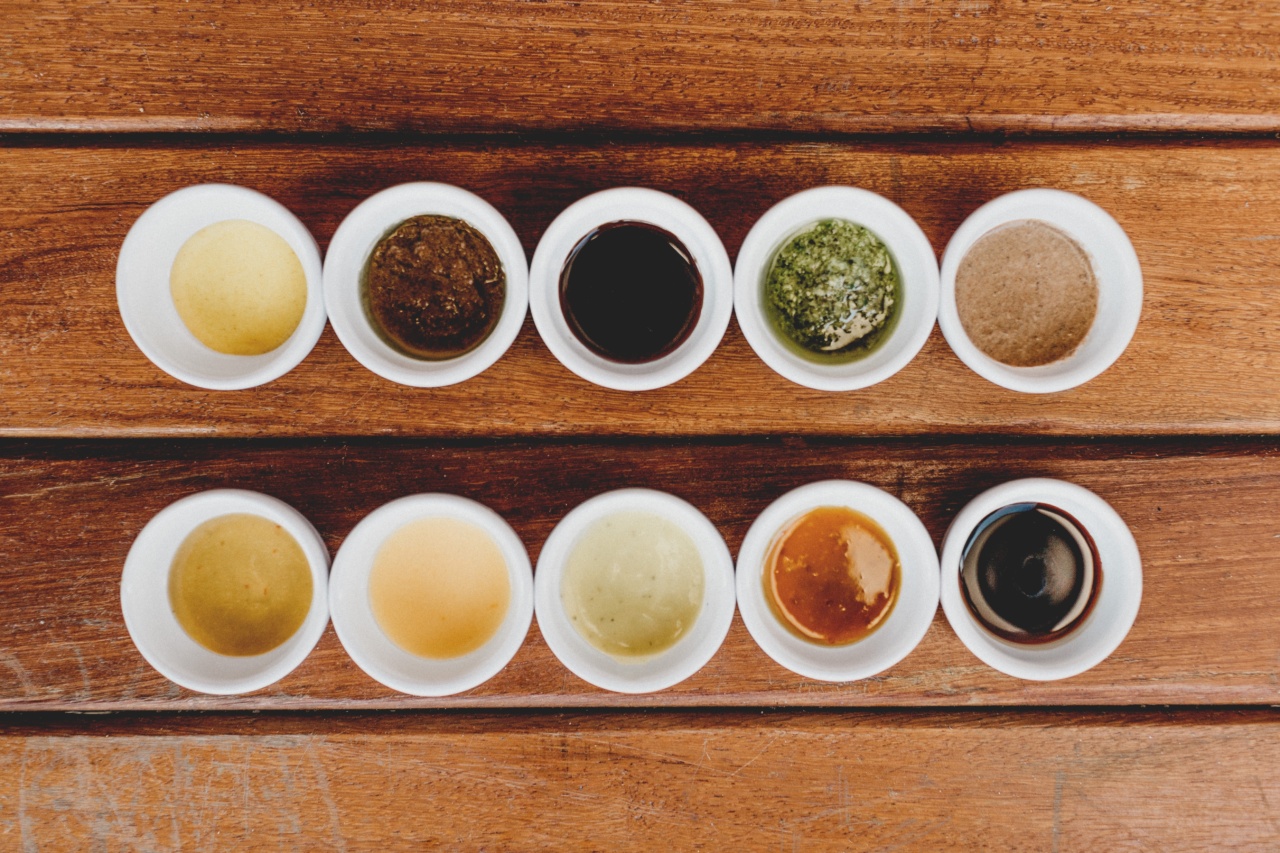When it comes to cooking meats, temperature is everything. Cooking meats at the right temperature not only ensures that they are safe to eat but also brings out the best flavors and textures.
Each type of meat requires a specific internal temperature to be reached in order to be considered safe and delicious. In this article, we will explore the recommended cooking temperatures for different types of meats and discuss why it is crucial to cook them at the right temperature.
Beef
Beef is a popular choice for many meat lovers. The desired internal temperature for beef depends on the cut and the desired level of doneness. Here are some general guidelines:.
1. Medium Rare – 135°F (57°C)
For a perfectly juicy and tender medium-rare steak, the internal temperature should reach 135°F (57°C). At this temperature, the steak will have a warm red center and the juices will be flowing.
2. Medium – 145°F (63°C)
If you prefer your steak to be slightly more cooked and with a hint of pink in the center, aim for a medium doneness level. The internal temperature should be 145°F (63°C).
3. Medium Well – 155°F (68°C)
For those who like their steak with just a touch of pink and mostly cooked through, medium-well is the way to go. The internal temperature should be 155°F (68°C).
4. Well Done – 160°F (71°C) or higher
Well done steaks are cooked all the way through without any hint of pink. The internal temperature for a well-done steak should be 160°F (71°C) or higher, depending on personal preference.
Pork
Pork is a versatile meat that can be cooked in various ways. It is important to cook pork thoroughly to avoid any risk of bacterial contamination. Here are the recommended internal temperatures for pork:.
1. Medium Rare – 145°F (63°C)
Contrary to popular belief, pork can be cooked to a medium-rare level, similar to beef. The internal temperature for medium-rare pork should be 145°F (63°C).
2. Medium – 160°F (71°C)
A medium level of doneness for pork is achieved when the internal temperature reaches 160°F (71°C). This temperature ensures that the meat is safe to eat while still maintaining juiciness.
3. Well Done – 165°F (74°C)
For those who prefer their pork well done, with no traces of pink, aim for an internal temperature of 165°F (74°C) or higher.
Poultry
Cooking poultry, such as chicken and turkey, to the correct internal temperature is crucial to eliminate any risk of foodborne illnesses. Here are the recommended internal temperatures for poultry:.
1. Chicken Breast – 165°F (74°C)
Chicken breasts should be cooked to an internal temperature of 165°F (74°C) to ensure that they are safe to consume. This temperature will result in tender and juicy chicken.
2. Chicken Thighs and Drumsticks – 175°F (79°C)
Dark meat, such as chicken thighs and drumsticks, should be cooked to a slightly higher internal temperature of 175°F (79°C). This ensures that the meat is cooked through and tender.
3. Whole Turkey – 165°F (74°C)
When roasting a whole turkey, the internal temperature should reach 165°F (74°C) in the thickest part of the thigh. This ensures that all parts of the turkey are safely cooked.
Seafood
Cooking seafood to the correct temperature is essential to prevent any risk of foodborne illnesses. Here are the recommended internal temperatures for popular types of seafood:.
1. Fish – 145°F (63°C)
Fish should be cooked until it reaches an internal temperature of 145°F (63°C). At this temperature, the fish will be opaque and flaky.
2. Shrimp and Lobster – 145°F (63°C)
Shrimp and lobster are safe to eat when their internal temperature reaches 145°F (63°C). The shells should be pink and the meat should be opaque.
3. Scallops – 125°F (52°C)
Scallops can be cooked until they reach an internal temperature of 125°F (52°C). They should be pearly white and slightly translucent in the center.
Lamb
Lamb is a flavorful meat that requires proper cooking to achieve the desired results. Here are the recommended internal temperatures for lamb:.
1. Rare – 135°F (57°C)
For a rare lamb, with a warm red center, the internal temperature should be 135°F (57°C). The meat will be tender and juicy.
2. Medium Rare – 145°F (63°C)
Medium-rare lamb is achieved when the internal temperature reaches 145°F (63°C). The meat will have a pink center and be slightly firmer than rare lamb.
3. Medium – 160°F (71°C)
For a medium level of doneness, with a slightly pink center, aim for an internal temperature of 160°F (71°C). The meat will be cooked through but still juicy.
Conclusion
Cooking meats to the recommended internal temperatures is crucial for both safety and flavor.
Whether you prefer your meat rare, medium, or well done, it is important to have a reliable meat thermometer on hand to ensure that your meats are cooked to perfection. By following these guidelines, you can enjoy delicious and safe meals every time you cook different meats.































